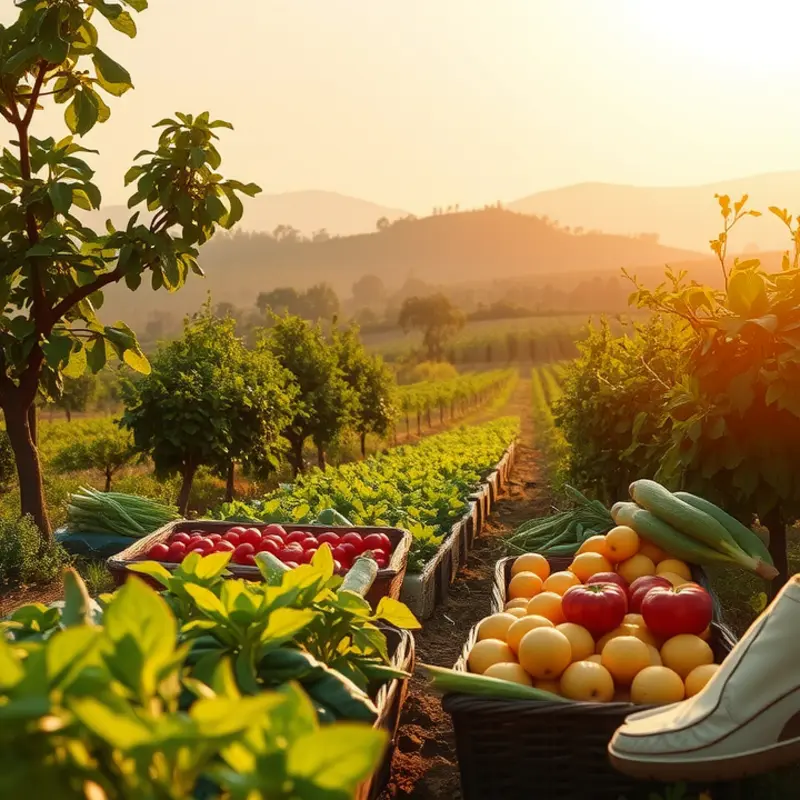Coffee, a beverage adored by millions, is more than just a morning ritual; it embodies the spirit and identity of cultures worldwide. From the aromatic coffee ceremonies of Ethiopia to the bustling cafés of Vienna, every country adds its unique flavor to this beloved drink. Join us as we sip through the vibrant stories and traditions that make coffee an essential part of global culinary culture.
The Heart of Ethiopia: Coffee Ceremony

The Ethiopian coffee ceremony is much more than a simple preparation of coffee; it is a social and cultural ritual that binds communities. Ethiopia is widely regarded as the birthplace of coffee, with the legend of Kaldi, a young goat herder who discovered coffee’s invigorating properties after noticing his goats became more energetic after eating the berries, serving as the origin story. This rich history is deeply interwoven into the fabric of Ethiopian culture.
The ceremony begins with the host, traditionally a woman, meticulously washing green coffee beans. These are then roasted on a wide, flat pan over an open fire. The process is unhurried, allowing the aroma of the roasting beans to permeate the air, inviting guests to engage their senses. The crackling of beans parallels the rising hum of conversation, setting a warm, communal tone.
Once roasted to perfection, the beans are ground with a wooden mortar and pestle to achieve a fine powder. This act, performed in front of guests, is as much a testament to skill as it is to tradition. The ground coffee is then added to a jebena, a distinctive clay coffee pot with a long neck and spout, filled with water, and placed over the fire till it begins to simmer. The resulting brew is lush and potent, capturing the very essence of Ethiopian coffee.
As the coffee brews, an assortment of snacks, often including popcorn or roasted barley, is prepared. These small bites complement the robust flavors of the coffee, enhancing the communal experience. Each guest is served three rounds of coffee, known as Abol, Tona, and Baraka, with each successive brew believed to impart a blessing or transformation.
Beyond the meticulous preparation, the ceremony serves as an important forum for socializing and exchanging news. Guests gather in a circle, sharing stories and smiles while sipping their coffee. It’s a practice that emphasizes slowing down, fostering communication, and nurturing human connections. The sharing of coffee extends beyond the beverage itself, inviting dialogue and community cohesion.
The role of the Ethiopian coffee ceremony might seem quaint amid modern convenience, yet its importance remains profound. It offers participants a chance to practice mindful eating and drinking, as discussed in articles on addressing unconscious eating, fostering a greater appreciation for the cultural and communal significance of this age-old tradition. Crafted in the heart of Ethiopia, this ceremony is a testament to coffee’s powerful ability to connect people, transcending time and space to maintain its role as a cultural cornerstone.
The Italian Craft: Espresso and Its Rituals

In Italy, espresso is more than just a drink; it’s a way of life deeply ingrained in the culture. This iconic beverage is characterized by its intense flavor and thick, rich crema—a testament to Italy’s dedication to precision in the brewing process. The ritual begins with freshly roasted coffee beans, ground to the perfect consistency, and a meticulously calibrated espresso machine.
The true essence lies in the Italian method of enjoying espresso, often consumed while standing at a bar. This practice emphasizes both speed and sociability, as patrons gather to connect over a quick coffee break before returning to their daily routines. Such gatherings are a vital aspect of Italian social life, demonstrating how coffee facilitates human connection.
Each region in Italy offers a unique twist on traditional espresso drinks, reflecting local tastes and customs. In Milan, for example, the macchiato is elevated to art form—a shot of robust espresso “stained” with a dash of creamy milk, balancing strength and smoothness. Meanwhile, Rome is known for its cappuccino, served piping hot with a bubbled froth of milk.
Exploring these regional variations reveals how Italians take pride in their coffee. In Venice, a marocchino presents a layer of chocolate topped with a shot of espresso, crowned by frothy milk. This decadent treat demonstrates the Venetian flair for balancing flavors in a single, small cup.
In the south, Naples offers a distinctive approach with its caffè sospeso, or “suspended coffee,” a practice where patrons pay for two coffees—one for themselves, another for someone in need. This custom speaks to the generosity and community spirit found in southern Italy.
The brewing practices and rituals of espresso consumption in Italy showcase a harmonious blend of technical skill and emotional investment. The process, from bean selection to the precise extraction of espresso, reflects Italians’ passion for excellence in their craft.
For those eager to embrace the Italian coffee culture, understanding these diverse traditions is key. Whether standing at a bar in Turin, sipping a macchiato by Milan’s bustling streets, or savoring a caffè sospeso in a Neapolitan café, each experience offers insight into Italy’s rich cultural landscape.
To delve deeper into how culinary practices influence culture and vice versa, consider exploring global culinary influences here. It offers broader perspectives on the interconnectedness of food and tradition worldwide.
In Italy, espresso is not just a drink to start the day; it is a lens through which we can view the heart of Italian culture, both precise and passionate with every sip.
Final words
From the vibrant coffee ceremonies of Ethiopia to the refined artistry of Italian espresso, coffee serves as a vital thread weaving through diverse cultures. Each sip tells a story, reflecting local traditions and shared connections. Exploring these global coffee cultures not only refreshes the palate but also enriches our understanding of human connection and creativity. Invite these traditions into your own coffee rituals, whether it’s dedicating time to brew the perfect cup or exploring new flavors. The world of coffee is waiting to be discovered, one cup at a time.








